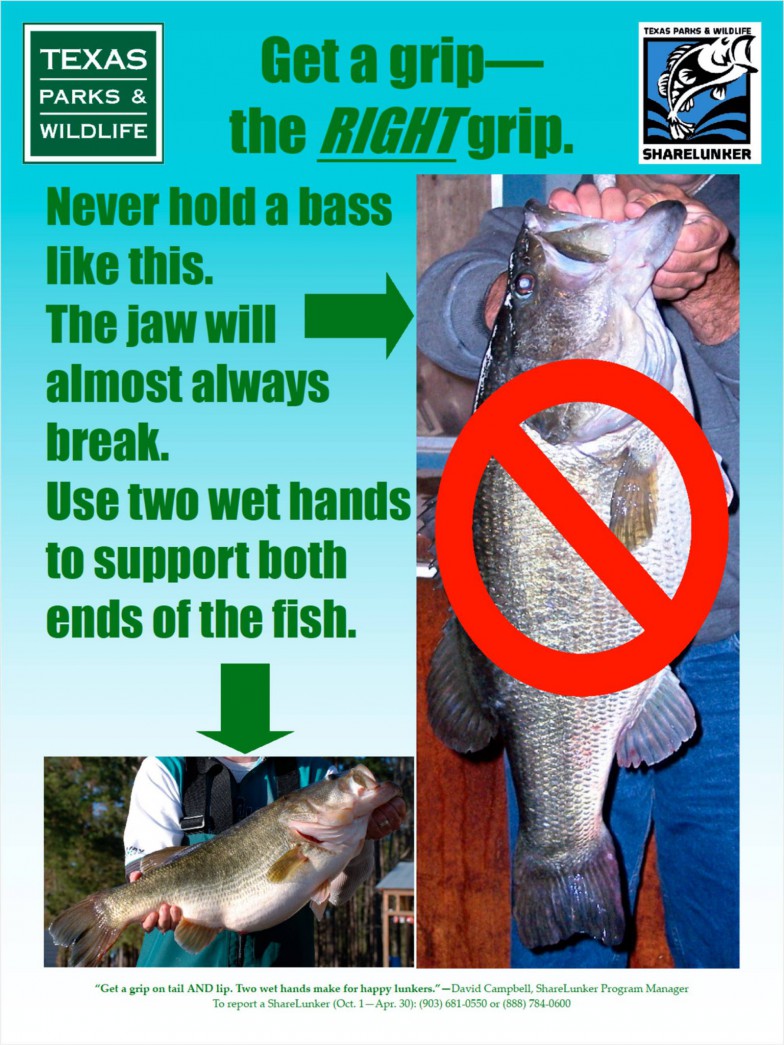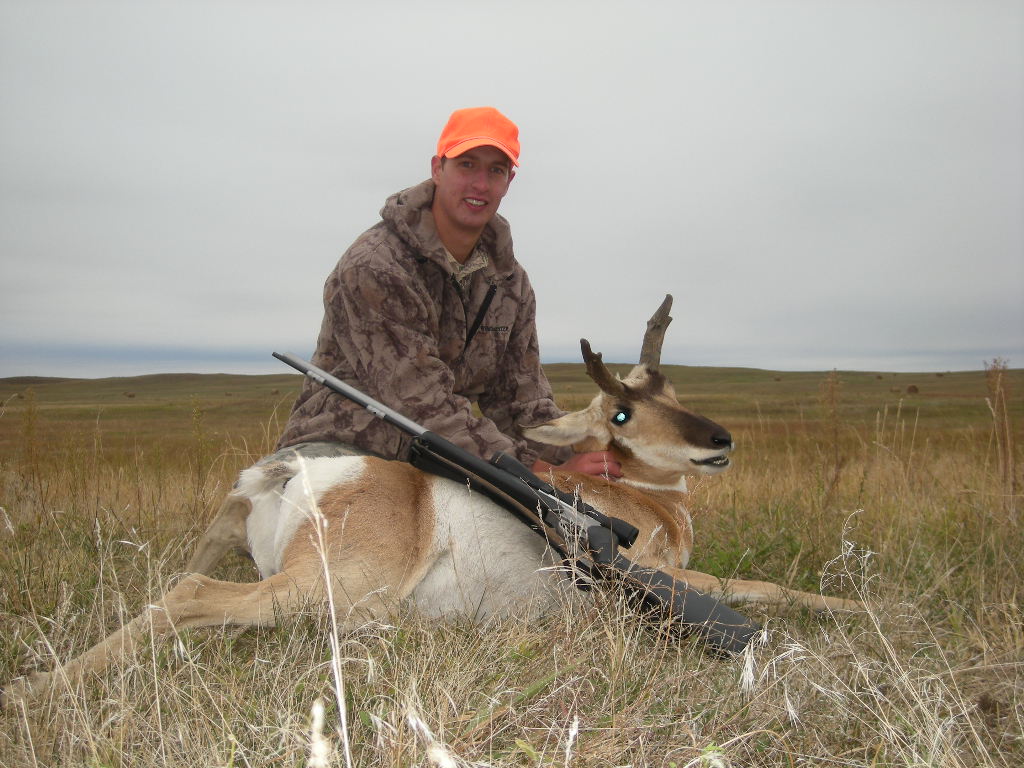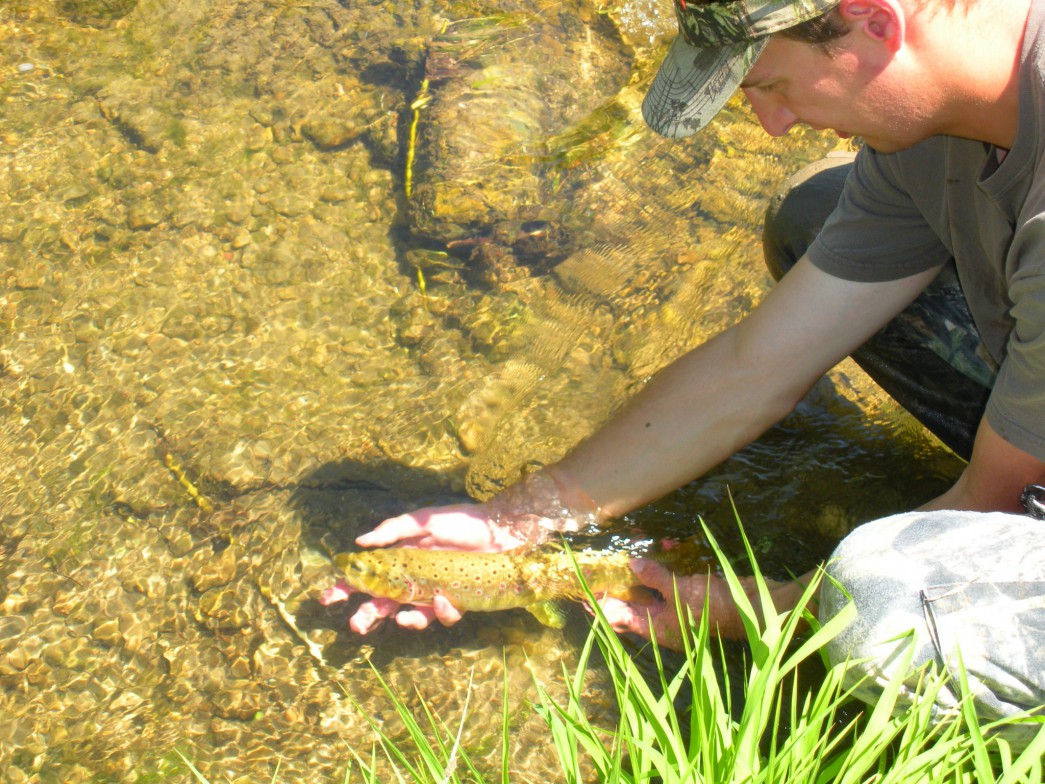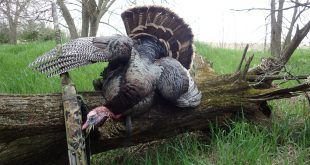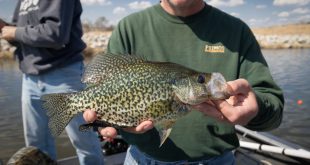A few weeks ago I posted a picture of my son with a very nice, 36-inch pike he pulled through an ice hole this winter. I put all of my blog posts on my FaceBook page too, and there a friend was giving me a bad time about the “hero shots” and holding fish closer to the camera to make them look bigger. Another friend chimed in and said something that I thought was profound; I want to share it with you:
The “Hero Shot” pose is a standard practice by Stewards of our FISHES! (e.g. recycledfish.org). . . with the HERO being the FISH! The pose shows respect to the fish by the Angler properly handling it (not “hanging” by the gills, lips, etc.) and by extending the arms so the fish is at the forefront of the photo. The intent is NOT to mislead viewers on the size, but to promote the “Hero” status of the catch.
That absolutely nailed it, “that’s deep, man”. I saved the quote, am using it now, plan to use it in the future. You are a wise man, Harold! Thank you!
I have blogged before about how much of the ethics of what we do in the outdoors boils down to just plain ole respect–respect for the land and water, respect for the fish & wildlife, respect for the rules and regulations, respect for others. I am afraid there is a lack of respect on many levels in our outdoor world today.
Now you may consider this to be trivial, but take that respect and apply it to your “hero shots”. Then again, is that really trivial? Are not those pictures some of our most-prized possessions, most-valued trophies? What respect do they convey? As my buddy Harold put it, how much of a “hero” are the fish & game in our pictures?
With the availability of smart phones and digital cameras, I find it very hard to believe that pictures cannot be taken on the water, in the natural environment where the fish were caught. For many of us, we intend to release those big fish and the pictures have to be taken on site. But, even if they are harvested, is more respect shown to the game by taking a picture on site or at home in the kitchen or garage? How were the fish handled? Again, if they are to be released, proper fish handling is imperative, but even if they are harvested, how much respect is evident when fish are rolled in the dirt or leaves before a picture is taken? Let me go even further and ask how much respect is shown if the pictures are of a bunch of dead, faded fish hanging on a stringer or flopped on the table at a fish-cleaning station?
Fish handling is very important for those fish we intend to release and I would say it shows respect even to the fish we intend to harvest. Proper fish handling starts by having a plan before the fish are ever caught, A Fish-Handling Review. By the way, horizontal holds are best!
I thought about finding some examples of bad photos, of pictures of fish that had not been properly handled, of fish that were not respected, but I decided I best not do that. All I would have accomplished would have been making even more folks angry with me. So let me challenge you, page through your albums, take a look, how are your “hero shots”? Are the real heroes, the fish, displayed in a respectful way? What could you have done better?
If you want some more tips on taking the best fish pictures possible, here is an excellent article to read, Top Tips For Better Catfish Photos.
For those of you that hunt and trap, let me ask the same thing, how are your “hero shots” of game you have taken? A bad example that again will make some of you angry–how about those photos of dead, bloody deer in the back of a pickup, or hanging back in the shed? Would not a posed picture of the game in the field where it was taken have been much more respectful, and a much better momento of a successful hunt?
Think about it. Make a plan now to take the most respectful, best “hero shots” possible this year. We all plan to have a great year with a lot of memories and success, plan to preserve them in the best and most respectful way possible.
 Nebraskaland Magazine
Nebraskaland Magazine

